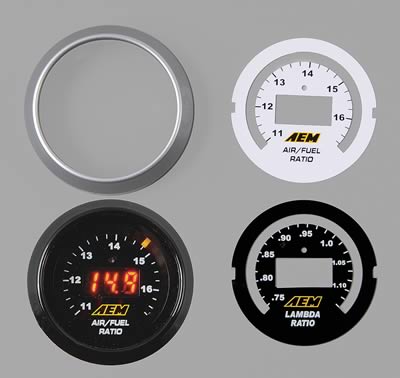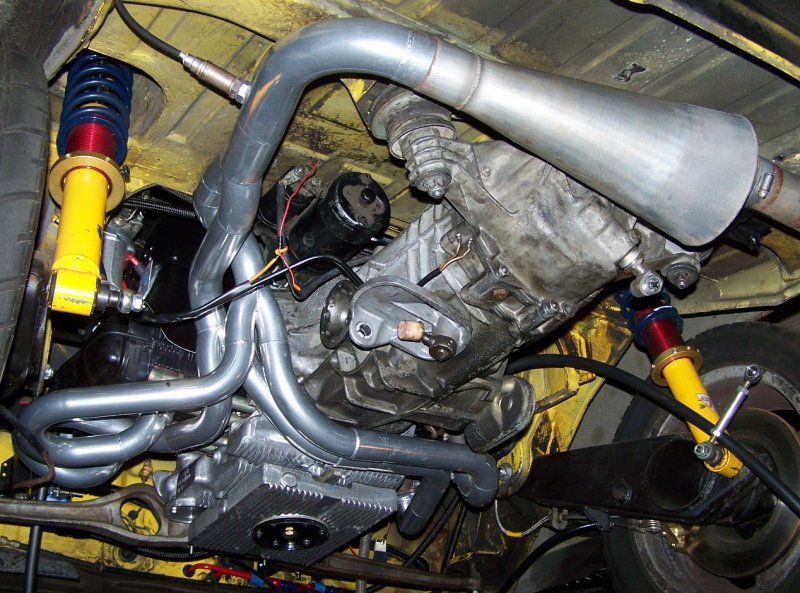I don't have easy access to a chassis dyno and am considering a wideband Air/Fuel Ratio Gauge so I can log and monitor the data at the track.
Again, I'm curious how my normal AFR is with just my Phase 9 (sometimes I'm getting pops & flames out the exhaust on decel) and also what happens to my AFR when I add my supertrapp onto the Phase 9 for <=90db tracks, etc. (This usually eliminates the pops & flames)
I could make a long tow to a chassis dyno somewhere but I'm thinking the gauge might be more helpful longterm to have ongoing access to the data..
Anyone use one of these?

AutoMeter
or one of these?

NGK
I know there are lots of other brands out there too (AEM, etc.) Anyone get good enough data for tuning purposes? Or should I just go find a chassis dyno?
Thanks in advance for any feedback on your experiences


